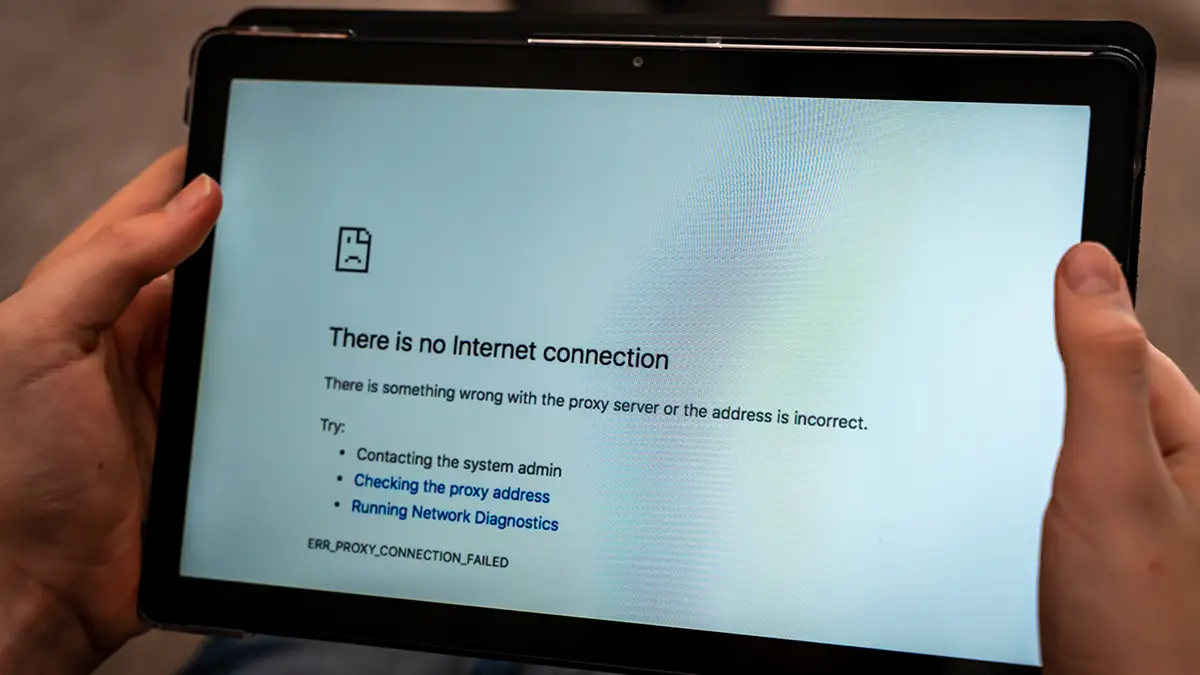
The COVID-19 pandemic showed how critical it is to have internet access for school, work, job searches, and health care needs. But according to a new brief by the Pew Charitable Trust, 970,000 households in HUD-assisted housing lack broadband internet access.
Pew’s brief looked at Department of Housing and Urban Development programs. These include Public Housing, Project-Based Rental Assistance, and Section 8 Housing Choice Vouchers. The lack of internet access is similar in other federally housing programs, including Low-Income Housing Tax Credit properties and USDA Rural Rental Housing.
Internet service providers have targeted much of their expansion to wealthier neighborhoods. This is because it is more profitable than providing service in poor neighborhoods where most affordable housing is concentrated.
Broadband internet service also does not qualify for HUD’s utility allowance. This makes it hard for low-income renters in federally assisted housing to afford a broadband subscription.
Pew notes that some relief is now available through several federal programs, including the Affordable Connectivity Program. This program provides low-income households $30 per month for broadband internet. Several internet service providers now offer $30 plans that are free to income-qualified households.
Keep scrolling for more short recaps about the latest news in affordable housing 🔽
Many disabled HUD households live without accessibility features
A new study found that more than 300,000 HUD-assisted households where someone used a mobility device reported living in a place without any accessibility features.
Low-income renters with disabilities face major challenges finding housing that is both affordable and accessible. Even when disabled renters have federal housing assistance, many end up living in places that lack any accessibility features.
The study by the General Accountability Office (GAO) looks at accessibility in housing assisted by the Department of Housing and Urban Development. Providers of HUD-assisted housing are required to provide reasonable accommodations to meet the needs of residents with disabilities.
Although the majority of HUD-assisted renters reported living in an apartment with at least one accessibility feature, GAO’s study shows that about 17% of disabled tenants have trouble performing basic tasks in their own homes.
Housing authorities to crack down on landlords that fail standards
HUD’s Office of Public and Indian Housing (PIH) has issued a notice to local housing authorities suggesting ways to crack down on landlords that are renting substandard housing to Section 8 tenants.
Private landlords that accept Section 8 Housing Choice Vouchers are supposed to maintain their units to federal Housing Quality Standards (HQS). In many cases, especially in tight rental markets, local housing authorities have been slow to force landlords to maintain their units properly.
Under federal law, housing authorities are not supposed to make payments to landlords if their units do not meet basic health and safety standards.
The PIH notice suggests remedies that local housing authorities can use to push landlords into doing necessary health and safety repairs. These remedies include holding back or suspending housing assistance payments until repairs are made, canceling assistance contracts, or seeking court action to force repairs or recover payments.
The notice also says that housing authorities who continue to make payments to landlords with substandard housing could face penalties themselves. PIH notes that it can redirect housing authority reserves for more housing inspections or withhold a housing authority’s administrative funding.
Check back every Wednesday to get the latest housing news from Affordable Housing Online!
